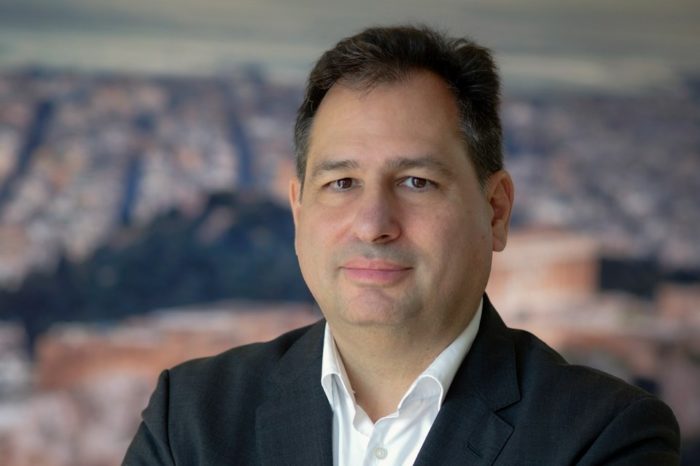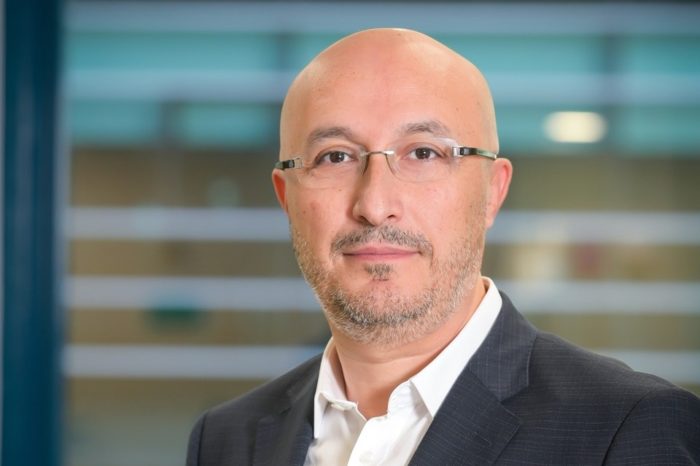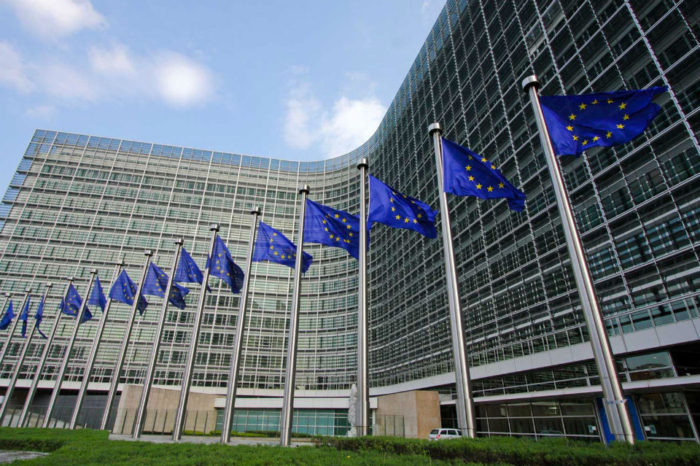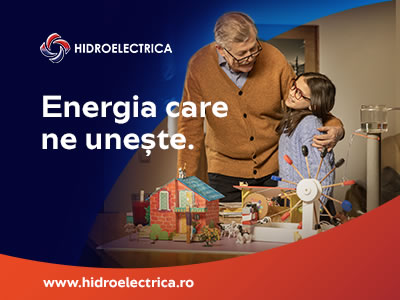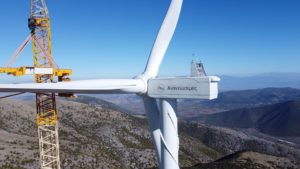Radu Puchiu, TINIA: “We aim to become the standard OS for decentralized energy resources by 2030”
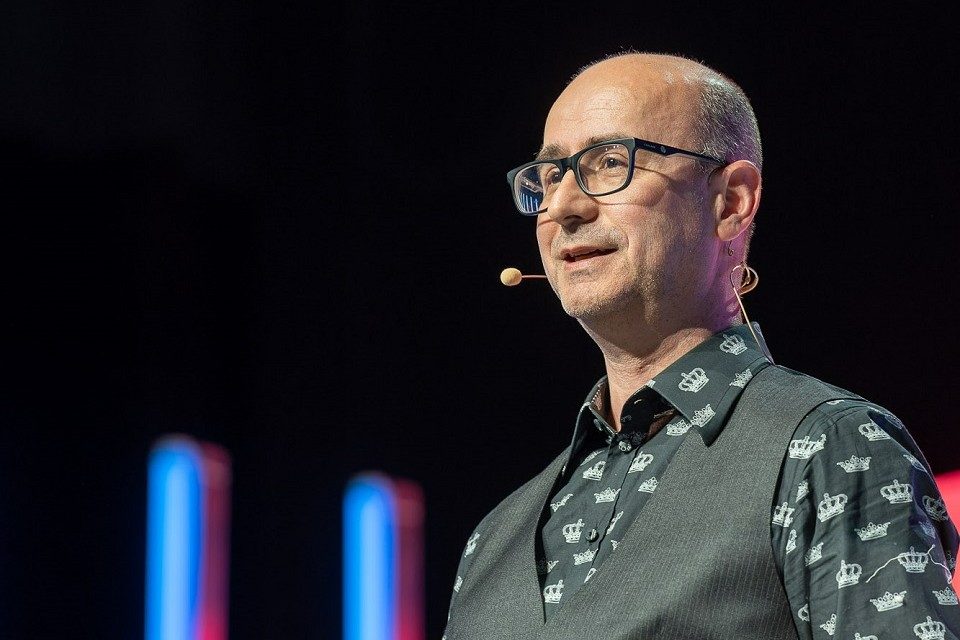
TINIA Group, a green energy company, is currently developing an innovative solution based on AI and blockchain with the goal of decentralizing the distribution of solar energy, ensuring lower costs for the energy used, while reducing energy consumption.
“Approximately 100 million households will rely on rooftop solar PV by 2030. Our goal is to have one million households connected by TINIA by 2030. That will generate around 20 million USD per month. We aim for TINIA to become the standard OS for decentralized energy resources by 2030,” said Radu Puchiu, one of the co-founders of TINIA. “Tinia will bring data, predictability and trust for the future grid and producers.”
According to IEA data, the global solar PV panels market size was valued at over 146 billion USD in 2021 and is expected to expand at a compound annual growth rate (CAGR) of 7.6 percent from 2022 to 2030.
The Europe residential solar PV panels market is expected to reach 62.33 billion USD by 2030. The market is anticipated to expand at a CAGR of 7.6 percent from 2022 to 2030.
Tinia business model for consumers:
– Product sales: Sell the product directly to customers, either as a one-time purchase or through financing options
– Subscription-based model: Tinia offers a subscription service to customers, where they pay a monthly or annual fee for access to the Tinia’s features and capabilities.
– Platform transaction fee: Tinia charges customers based on the usage of the product, such as the amount of energy generated or the number of hours of use.
Tinia business model for companies:
– Licensing model: Tinia offers licensing agreements to other companies to use its technology in their products.
– Partnering with utility companies: Tinia partners with utility companies to offer Tinia product as an additional service to customers, which the utility companies would be able to purchase from Tinia in bulk.

